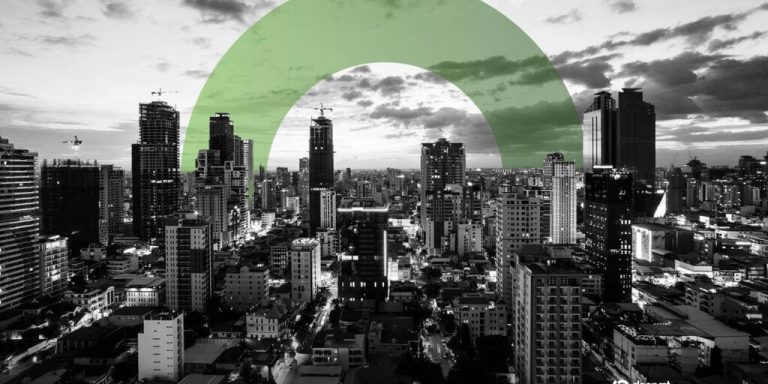
Sustainable Living: Emerging Trends for 2025
Sustainable living is becoming increasingly important as the world grapples with the challenges of climate change, environmental degradation, and resource depletion. As we move into 2025, there are several emerging trends that are expected to shape the sustainable living landscape. Sustainable living is no longer just a niche interest, but a necessity for individuals, businesses, and governments alike.
Section 1: Renewable Energy

One of the most significant trends in sustainable living is the shift towards renewable energy sources. Solar and wind power are becoming increasingly cost-competitive with fossil fuels, making them more accessible to individuals and businesses. In 2025, we can expect to see a surge in the adoption of renewable energy technologies, including smart grids, energy storage systems, and electric vehicles.
The benefits of renewable energy are numerous. Not only do they reduce our reliance on fossil fuels, but they also decrease greenhouse gas emissions, improve air quality, and enhance energy security. As the world continues to urbanize, renewable energy will play a critical role in powering cities and communities.
Section 2: Zero Waste

Another emerging trend in sustainable living is the zero-waste movement. As consumers become more aware of the environmental impacts of their purchasing decisions, there is a growing demand for products and services that minimize waste. In 2025, we can expect to see a rise in the use of biodegradable materials, composting, and recycling.
The zero-waste movement is not just about reducing waste, but also about promoting sustainable consumption patterns. By choosing products with minimal packaging, buying in bulk, and avoiding single-use plastics, individuals can significantly reduce their environmental footprint. Businesses are also responding to this trend by redesigning their supply chains and product offerings to be more sustainable.
Section 3: Sustainable Transportation

Sustainable transportation is another key area of focus in 2025. As cities continue to grow and urbanize, there is a need for transportation systems that are efficient, clean, and safe. Electric and hybrid vehicles are becoming increasingly popular, and we can expect to see a rise in the adoption of alternative modes of transportation, such as cycling and walking.
Sustainable transportation is not just about the type of vehicle we use, but also about the way we design our cities. By investing in public transportation, pedestrian-friendly infrastructure, and bike-sharing systems, cities can reduce congestion, improve air quality, and enhance the overall quality of life for residents.
Section 4: Eco-Friendly Housing

Eco-friendly housing is another emerging trend in sustainable living. As consumers become more aware of the environmental impacts of their living spaces, there is a growing demand for homes that are energy-efficient, sustainable, and healthy. In 2025, we can expect to see a rise in the use of green building materials, passive design, and renewable energy systems in residential construction.
Eco-friendly housing is not just about reducing energy consumption, but also about promoting sustainable lifestyles. By incorporating green spaces, natural lighting, and ventilation into building design, residents can improve their physical and mental health, while also reducing their environmental footprint.
Section 5: Sustainable Food Systems

Sustainable food systems are critical to ensuring global food security, while also promoting environmental sustainability. In 2025, we can expect to see a rise in the adoption of sustainable agriculture practices, such as organic farming, permaculture, and regenerative agriculture.
Sustainable food systems are not just about the way we produce food, but also about the way we consume it. By choosing locally sourced, seasonal, and plant-based foods, individuals can reduce their environmental footprint, while also promoting food justice and equity.





